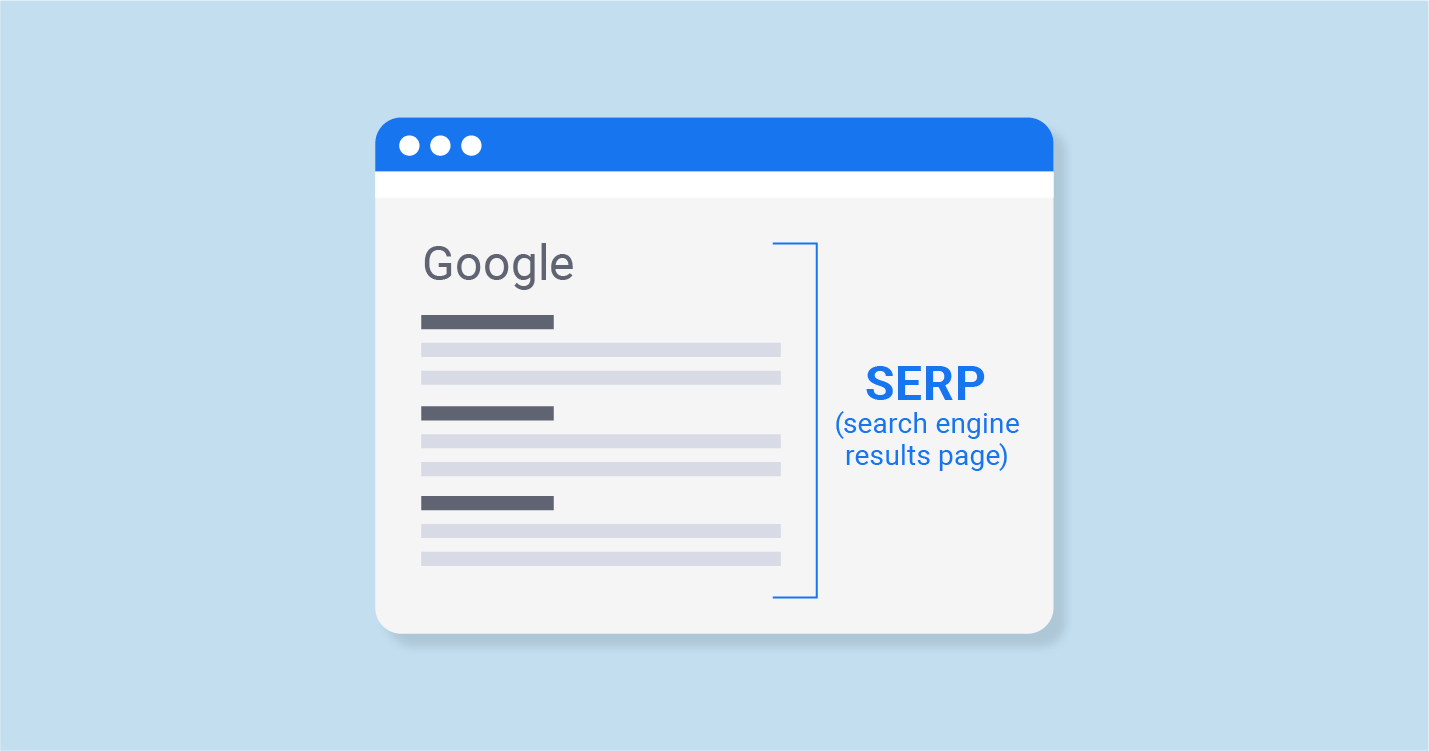
Digital Marketing Guest Post
Being on the first page of Google is no longer sufficient—now, the true goldmine is Position Zero, also referred to as the Featured Snippet. These attractive, content-rich boxes occupy the very top of the Search Engine Results Page (SERP), providing users with answers immediately.
Have you ever asked Google something and got a brief answer at the top of the search engine results? That is a featured snippet. Since Google continues to focus on serving faster, more accurate answers, Featured Snippets have become key to driving traffic, increasing visibility, and establishing authority. In this step-by-step guide, we’re going to explain everything you must know to get your content onto that highly coveted top spot.
Google displays Featured Snippets as distinct content blocks that appear above organic search results at the beginning of search pages. These search segments search for requested information and supply direct answers through one interface without needing complete website exploration. Google extracts this content from pages that it believes are the most relevant and trustworthy to the search term.
These clips normally come up for query-based searches and are displayed in various formats, including definitions, lists, tables, and videos.
According to Ahrefs, over 12% of search queries now display a Featured Snippet. That’s a huge opportunity for content creators, marketers, and business owners alike.
Understanding the different types helps you better tailor your content. The four main types are:
These are short, direct answers—usually 40–60 words. Great for definitions, explanations, and summaries.
Example:
Q: What is digital marketing?
A: Digital marketing promotes products or services by using search engines, together with websites, social media platforms, as well as email and mobile app platforms.
Can be either ordered or unordered. These appear most often for “how-to” or “best of” queries.
Example:
Q: How to clean a coffee machine?
A:
Used when information can be best displayed in rows and columns—like product comparisons or statistics.
Example:
A table showing nutritional values for different fruits.
Short video clips (often from YouTube) that directly answer the query. Google may highlight the specific timestamp for relevance.
According to a study by Semrush, 57% of mobile searches and 50% of desktop searches now end without a single click—also known as “no-click searches.”
Why? Because users are finding the information they need directly in Featured Snippets or other SERP features.
Thus, optimisation for Featured Snippets is particularly important. Even without the user clicking, your brand is front of mind, increasing awareness and credibility.
Here’s how to spot which queries you can target for Featured Snippets:
Platforms like Ahrefs, SEMrush, Moz, or Ubersuggest let you discover keywords that trigger snippets, and whether your competitors rank for them.
These suggest common follow-up queries users are searching for, giving you insight into what to include in your content.
Longer question-type queries have a higher probability of returning a Featured Snippet, especially when delivered with properly structured content.
Want to win that top spot? Follow these proven strategies:
Here are some stats and insights to help shape your Featured Snippet strategy:
Featured Snippets are more than a vanity metric—they’re an SEO powerhouse. When your content receives a snippet, you own the SERP, drive more visibility, and pull in more qualified traffic. By executing the proper strategies, shunning common pitfalls, and keeping current with SEO trends, you can set your content up for long-term success.
At Matebiz, we are experts in performance-driven digital marketing and SEO solutions, adapted to make your business stand out—whether you’re looking to target local consumers or international markets. Our professional team has helped clients in Australia, the USA, India, and more to rank better, generate more traffic, and expand their business online.
Need help optimizing your site for Featured Snippets and climbing to the top of Google?
Contact Matebiz Pvt Ltd today, and let’s put your brand in Position Zero.
Position Zero (P0) is the first Google search result that appears above organic SEO listings. It is also called a featured snippet, which directly answers searchers’ queries without the need for clicking the search result link.
Featured snippet optimization
Position zero is a direct and straightforward answer to the question that a user has queried in a search engine.
You can find featured snippets:
No, featured snippets are obtained through organic SEO strategies and cannot be bought using paid ads.
Leave a Reply